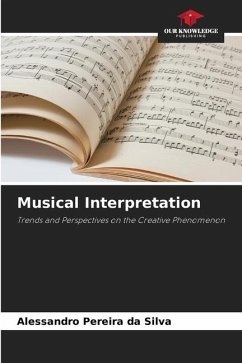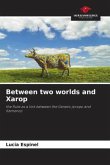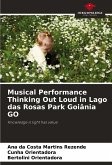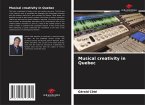This work looks at the creative process of musical interpretation from a historical perspective. It outlines some aspects of this phenomenon in the 17th, 18th, 19th and 20th centuries. Some characteristics and changes in musical practice over time are highlighted, based on the historical investigations of Thurston Dart, Lydia Goehr, Carl Dahlhaus, and the considerations on musical aesthetics of Enrico Fubini and Edward Lippman. This part culminates in an exposition of the thought of Igor Stravinsky, Arnold Schoenberg and Heinrich Schenker. In the second part, three currents of thought on the phenomenon are discussed: the theory of musical psychology; the theory of symbols; and phenomenology, focusing on Martin Heidegger's discourses on art and Roman Ingarden's on the identity of the musical work. In conclusion, the term interpretation and its applicability to the act of playing a musical instrument are discussed.
Bitte wählen Sie Ihr Anliegen aus.
Rechnungen
Retourenschein anfordern
Bestellstatus
Storno








